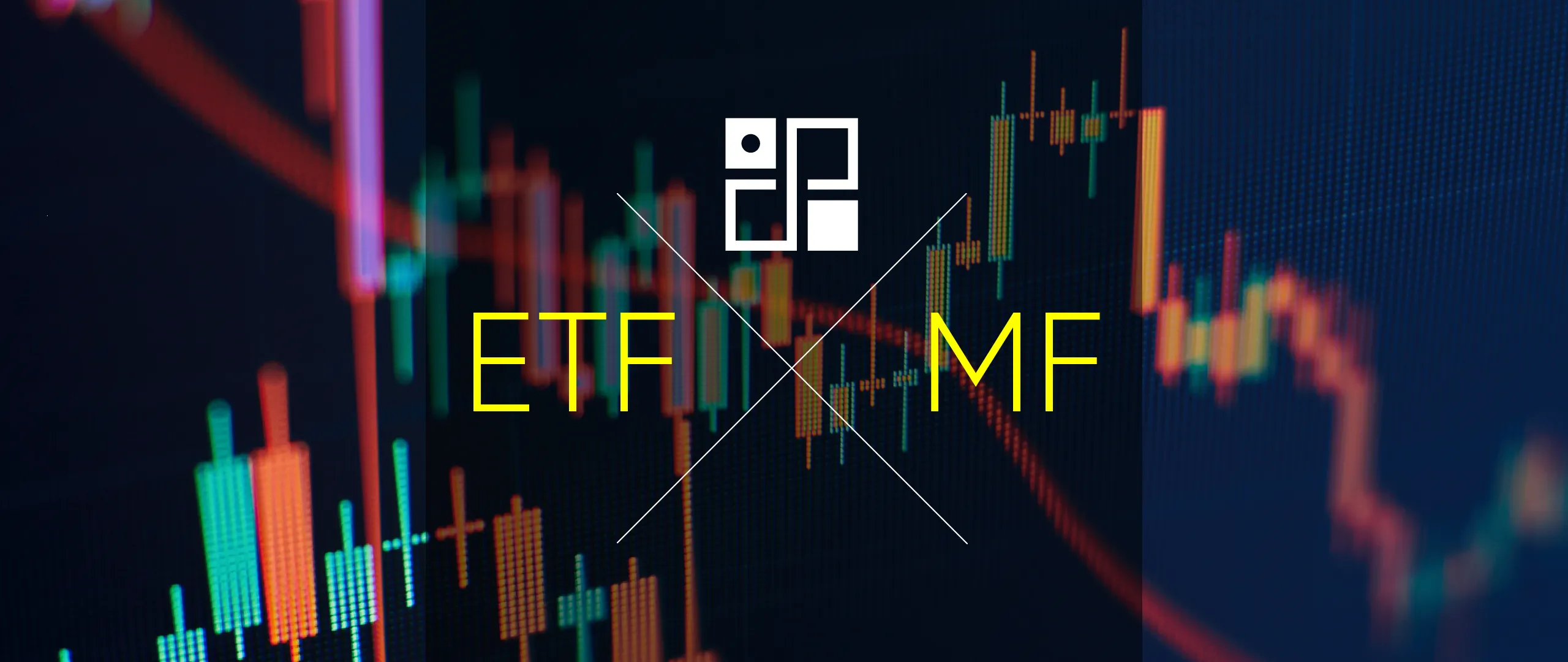ETFs vs. Mutual Funds | Pros and Cons for Trustees

The other day, I started playing Trivial Pursuit with my daughter. I normally like to try and answer my weakest category first. For me that’d be pink – popular culture. This time, I knew the answer to the question and slid my piece into the circular playing piece with a satisfying click. Only 5 more colors to go to fill my game piece.
That pie-shaped game piece reminded me of the importance of diversification. Only knowing just one subject is a sure way to lose at Trivial Pursuit. Focusing on one stock or sector is also a great way to potentially lose everything.
For a trustee who must comply with the Uniform Prudent Investor Act’s (UPIA) duty to diversify, diversification is vitally important. Initially it might seem as simple as buying different stocks or bonds, but on closer look, it’s not as straightforward. If one is trying to diversify according to the S&P 500, investing in all 500 companies of the S&P 500 would end up creating many transactions and increase accounting costs.
Fortunately, mutual funds and exchange-traded funds (ETFs) exist to make things more efficient. By pooling money together into a fund, investors are able to achieve economies of scale while increasing diversification. Investors own shares of the fund itself and the fund uses the combined purchasing power to purchase the stocks or bonds of its investment strategy. Below we highlight the pros and cons of opting for ETFs vs. mutual funds when investing as a trustee.
ETFs vs. Mutual Funds
Mutual funds are structured so that their pricing is updated at the close of the day after all positions have been accounted for and valued. Because their pricing is only updated at the end of the day, they are not traded on an exchange. Investors who would like to cash out must redeem their shares with the mutual fund company.
Exchange-traded funds can be traded through the day and will have prices that change intra-day just like with a stock or a bond. Investors can buy or sell ETFs during market hours, unlike with a mutual fund’s buy or sell order which can only be filled after market close.
When analyzing ETFs vs mutual funds, they differ in other significant ways. Most mutual funds are actively managed by an investment company and end up having higher expense ratios because of the management fee. ETFs are mainly passive strategies that seek to replicate an index and often have cheaper expense ratios. Regardless, each individual mutual fund and ETF will manage according to their specific investment mandate and not necessarily to a trustee’s UPIA requirements. In order to diversify, the trustee might end up using a variety of mutual funds or ETFs or use an advisor that is familiar with the UPIA.
Mutual Fund Capital Gain Distributions and Trust Taxation
A trustee must also consider the tax implications of using ETFs vs. mutual funds.
Most of us are familiar with the taxes that must be paid when a position is sold. The IRS will tax a short-term or long-term gain based on the investment’s original purchase price.
With mutual funds, however, there is potentially another tax event. This is because mutual funds are required to pass along any gains or losses to their shareholders (i.e., the investor) as capital gain distributions. These distributions occur at the end of the year for any capital gains generated during the year. These gains can be in the form of long- or short-term capital gain distributions depending on how long the mutual fund has held the underlying asset.
For equity mutual funds that have lots of trades and/or share redemptions, these capital gain distributions can be quite large in size. This can be particularly harmful for irrevocable trusts, which have compressed tax brackets.
In 2022, trust income is taxed at four levels:
- 10%: $0 – $2,750
- 24%: $2,751 – $9,850
- 35%: $9,851 – $13,450
- 37%: $13,451 and higher
Since short-term capital gain distributions are taxed by the IRS at ordinary income rates, a mutual fund’s capital gain distribution, if short term, could cause the trust to be taxed as high as 37%. Long-term capital gain distributions have a bit of a reprieve, as they have a tax rate of 15% for income between $2,801 – $13,700 and 20% for trust income over $13,701.
Even worse, any income taxed to the trust over $13,700 is also subject to an additional 3.8% Medicare surtax.
ETF Capital Gain Distributions
This is why many trustees choose to use ETFs within their investment portfolio. Exchange-traded funds are structured in a way to be tax efficient when these funds need to increase or decrease shares in response to investor demand. As a result, most exchange- traded funds do not have capital gain distributions that must be passed along to the investor at the end of the year.
California Probate Code 2574
For California trustees also serving as guardian or conservator, the probate code adds another wrinkle with using mutual funds. This is because probate code 2574 restricts the types of investments for guardianships/conservatorships to only those assets traded on an exchange. The code does allow for a guardian or conservator to seek court authorization for other types of investment, but the additional court costs required to gain approval makes mutual funds less appropriate.
For trustees, guardians, or conservators, using mutual funds or ETFs can be a valid way of diversifying the investments, but there are potential tax and legal implications with the use of mutual funds themselves.
If you are a trustee or fiduciary who has recently become successor trustee of an account invested in mutual funds and would like guidance on how to comply with the Uniform Prudent Investor Act, Prudent Investors offers trust portfolio analysis. Contact us today to request a case review.



